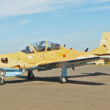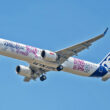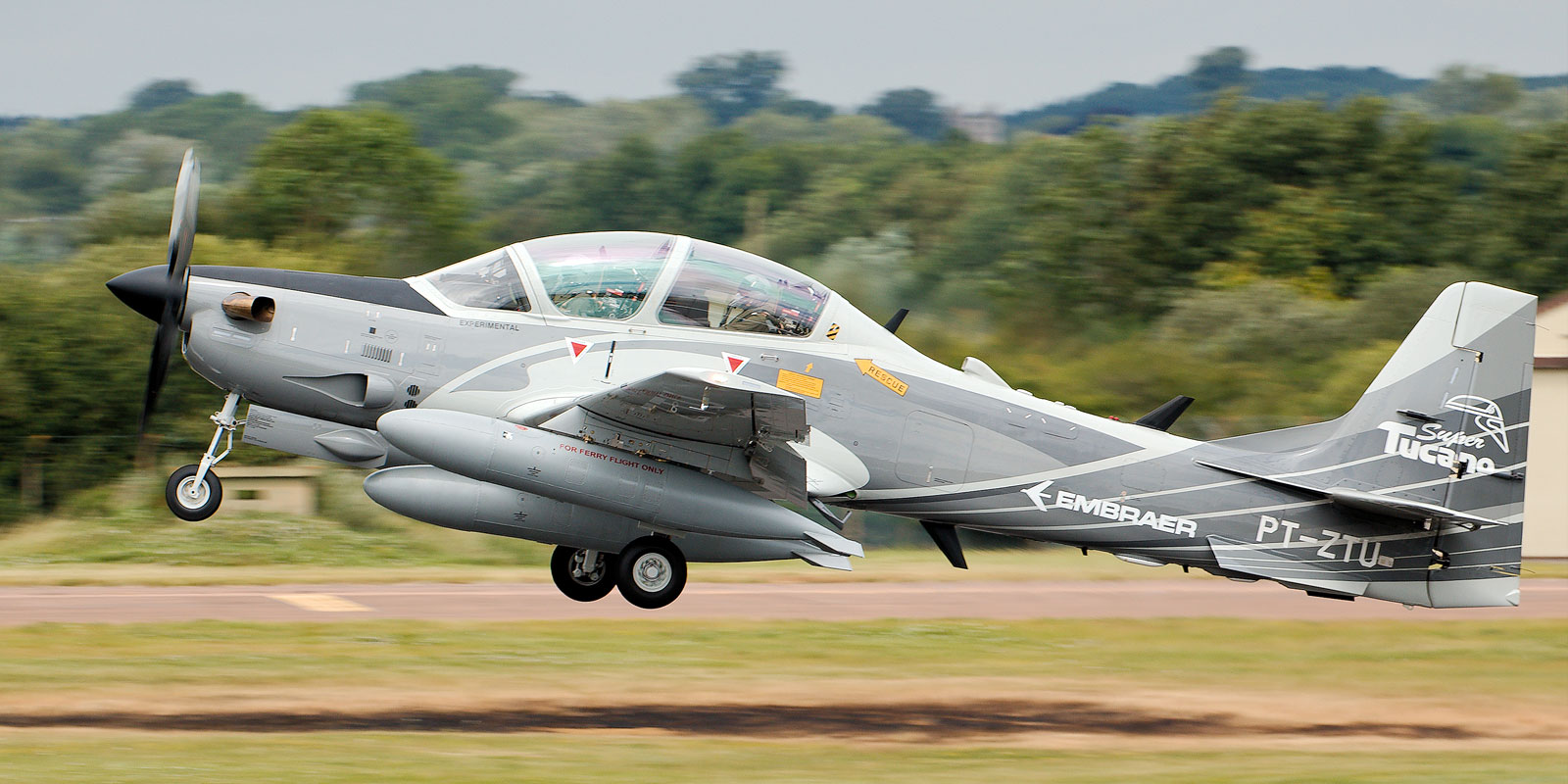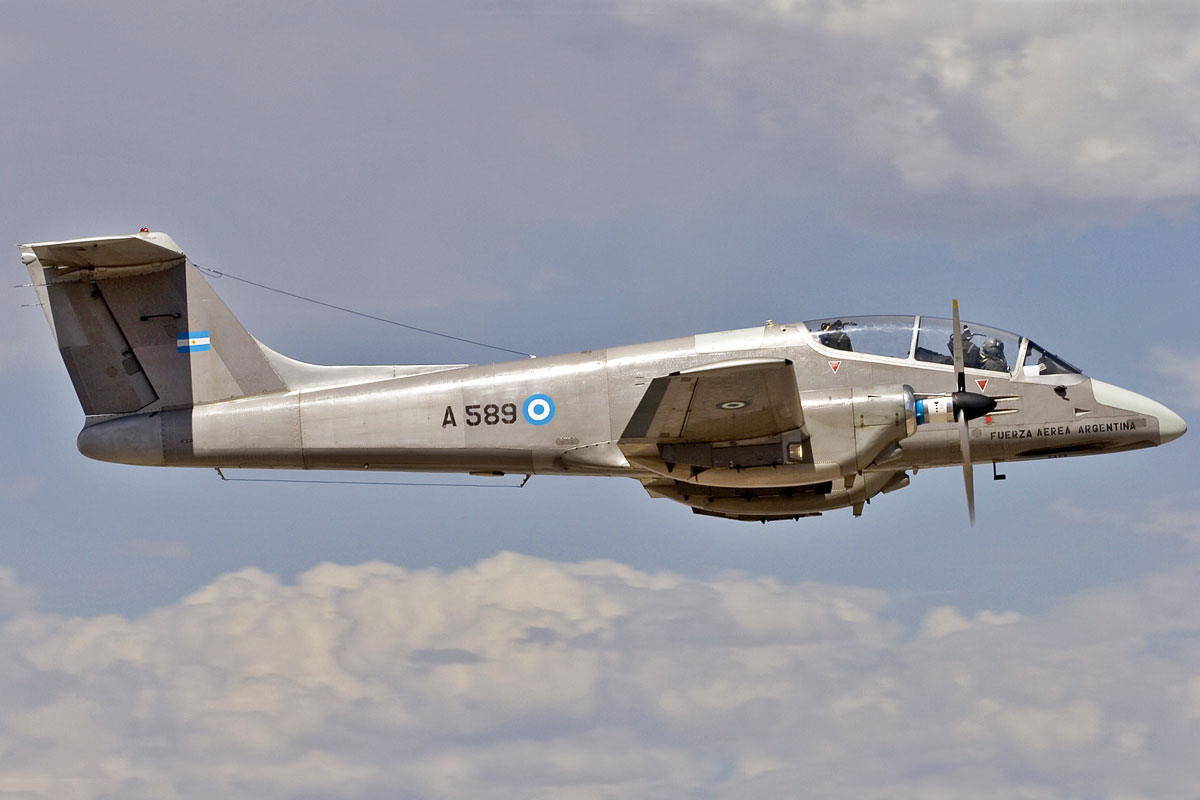Northrop Grumman, while developing the new B-21 Raider, announced a major upgrade for the B-2 Spirit stealth bomber.
The US Air Force (USAF) stealth aircraft received the “Spirit Realm 1” (SR 1) package, which comprises new displays, hardware, but above all an open architecture of communications and weapons systems.
With it, the B-2, an “analog aircraft” designed in the 1980s, will be able to receive real-time software updates as foreseen in the design of the B-21, its replacement.
Follow Air Data News: WhatsApp | Google News | Instagram | LinkedIn | Twitter | Facebook
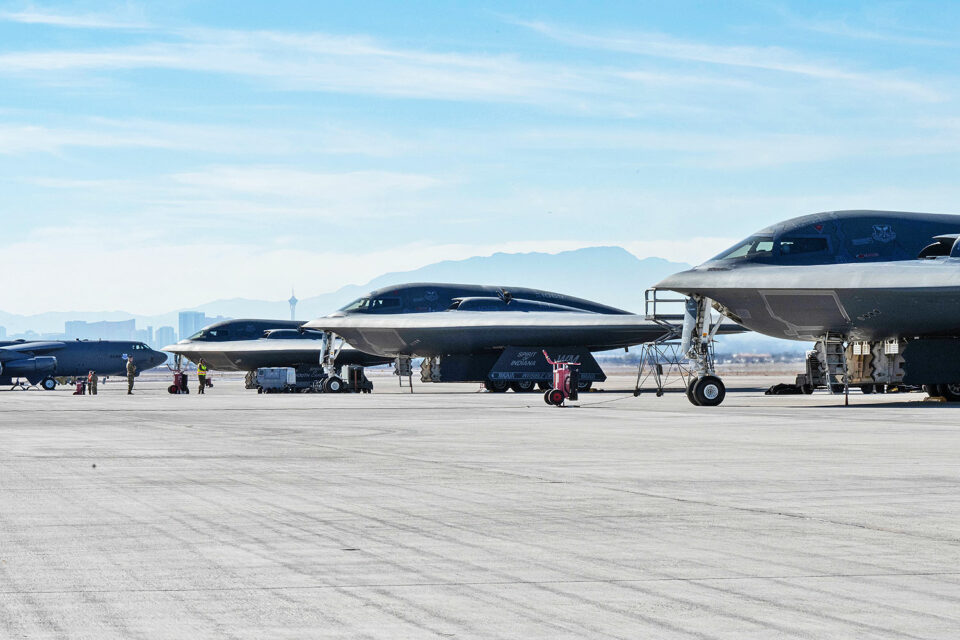
According to the company, the SR 1 was developed within the B-2 Spirit Realm software factory. The update must be incorporated by the 19 active bombers as two aircraft were lost in accidents.
“We are rapidly fielding capabilities with zero software defects through the software factory development ecosystem and further enhancing the B-2 fleet’s mission effectiveness,” said Jerry McBrearty, director and B-2 acting program manager, Northrop Grumman. “The agile framework methodology within SR 1 directly supports the Air Force’s initiative to adapt new capabilities in the aircraft, executing the mission today.”
Waiting for retirement
In service since 1997, the B-2 celebrated 35 years after its maiden flight on July 17. The flying-wing stealth aircraft is the most expensive project in the history of aviation.

The US Air Force depends on the Spirit for penetration strikes, as well as being one of the aircraft capable of carrying nuclear weapons.
According to the USAF, with the new open architecture system, the B-2 will be able to receive updates at intervals of three months instead of two years, using the previous method.
The update will also give the bomber the ability to launch new weapons that depend on information sent in real time about targets.
The B-2 is expected to be retired as the B-21, another stealthy flying wing, enters service by the end of the decade, but there is no clear timeline on when this will occur.


